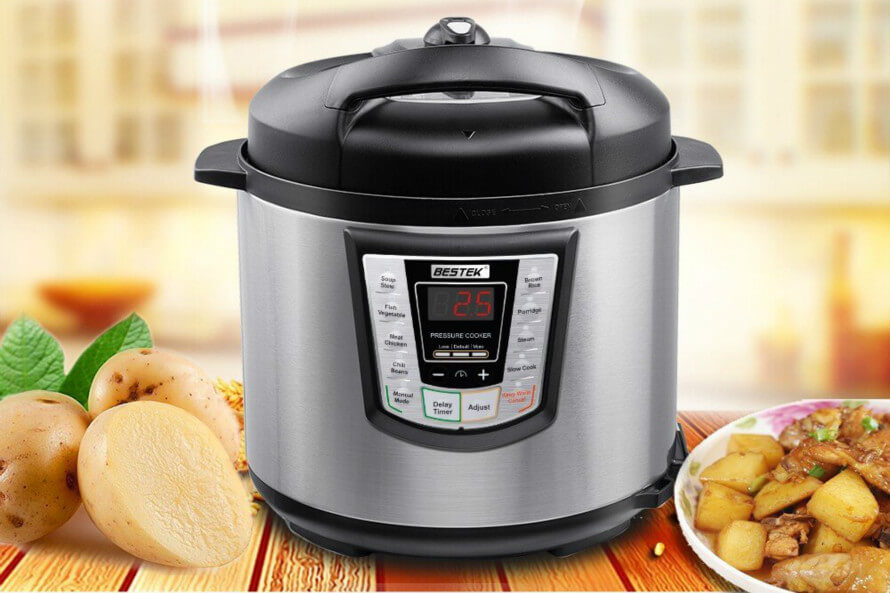A power inverter (also called inverter) is an electric device that converts DC current (or Direct Current) to AC Current (or alternating current). Power inverters don’t produce power but transform power produced by DC source from a car or a boat and convert the power into a usable form for operating electrical equipment. That standard power form is AC power that is needed to run most electronic appliances.
Basic Inverter Working principles
When represented on a graph, the DC power is steady and contentious that flows only in one direction while AC power flows in alternating directions with smooth and regular peaks and valleys like a sine wave. How does a static inverter finish this converting?
1.Input Voltage
The input voltage is a power provided form other power sources. Inverter input voltage varies from different charging purposes by designers or manufacturers. While all inverter input voltages are required stable and contentious to ensure enough DC current for running an equipment normally. DC 24V/36V/48V are the most common input current type for household electric systems. DC 12V is used by a small number of consumers and inverters and the power mainly comes from automotive outlets, like cigarette lighter socket or 12V lead acid cells. 200V~400V DC, can be provided form photovoltaic solar panels. 300V~450V DC power is supplied form vehicle-to-grid systems. Hundreds of thousands of higher input DC voltage is mainly used for special high-voltage transmission systems.
2.MOS direct current power transmission
The voltage converter circuit consists of MOS switch tube and power inductor. The input impulse signal can drive MOS switch to start switch control function after amplified by push-pull amplifier, and make the direct current charges and discharges for electrical inductance, then the other terminal of the inductance can get the alternative current.
3.PWM controller
PWM (short for pulse-width modulation) is an analog signal level for digital encoding. The inverter PWM contains several functions: internal voltage reference, error amplifier, output transistor, oscillator and PWM, along with over-voltage protection, low-voltage protection and short-circuit protection.
4.Output frequency.
At present, 50Hz and 60Hz are the common output frequency for power supply. While the output frequency may fluctuates within a certain range. In fact, the fluctuation is not obvious under 0.1Hz. The output frequency may be much higher if the devices are further conditioned.
Inverter Types
According to inverter output waveform, power inverters are mainly divided into two types, pure sine wave and modified sine wave.
1.Pure sine wave power inverter
Pure sine wave inverters, also called true sine wave, can deliver the smoothest and stable output. In the pure sine wave form, there is a smooth valley and instant zero cross. Pure sine wave inverters is suitable for any device but requires precise operation of sensitive devices like certain medical equipment and rechargeable tools.
2.Modified sine wave inverter
Modified sine wave inverters can provide consistent and efficient current for most devices, but compared to pure sine wave inverters, modified square wave has more twists and turns. A modified sine wave may have two or two turns above or down zero and the zero across may maintain for a few milliseconds. Some devices like laser printers, coffee makers, microwaves, and other devices may not work properly with modified sine wave.
Power Inverter Features
Power inverters mainly have four features as follows:
1.High converting efficiency and fast startup speed.
2.Good safety performance: voltage inverters are built-in short-circuit protection, overload protection, low/over voltage protection, overheating protection, etc.
3.Good physical performance: made of full Aluminum out shell against oxidation, ensure good heat dissipation and rub resistant, can effectively protect your device from extrusion or collusion.
4.Designed with load adaptability and high stability.
Applications of A Power Inverter
Power inverters are now widely used in many areas, indoor or outdoor.
1.Used for office equipment, like computers, fax machine, printers, scanners, etc.
2.Used for household appliances, including game machine, DVD, audio system, cameras, electronic fans, lights, etc.
3.Can be used to supply power for batteries of cell phones, electric shaver, digital cameras and son.
4.Widely used for automotive electronics, including portable electronics like smartphones, cameras, computer with its USB ports, and car appliances like car refrigerator, vacuum cleaner, car air purifier, etc.
5.For emergency, inverters can be used in cars, so when your devices are stop working because of low power or there’s power failure, an inverter can provide enough charging power converted from car battery.
Power inverters bring much conveniences in people’s daily life. AC equipment performs better in many occasions with an inverter. If you don’t have one, then try it now.






.jpg)




.jpg)





